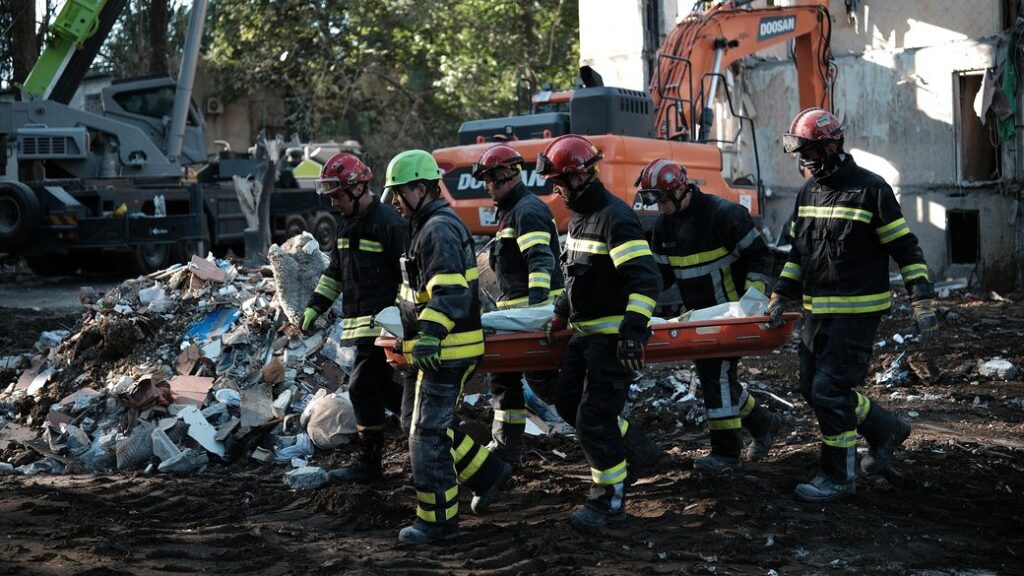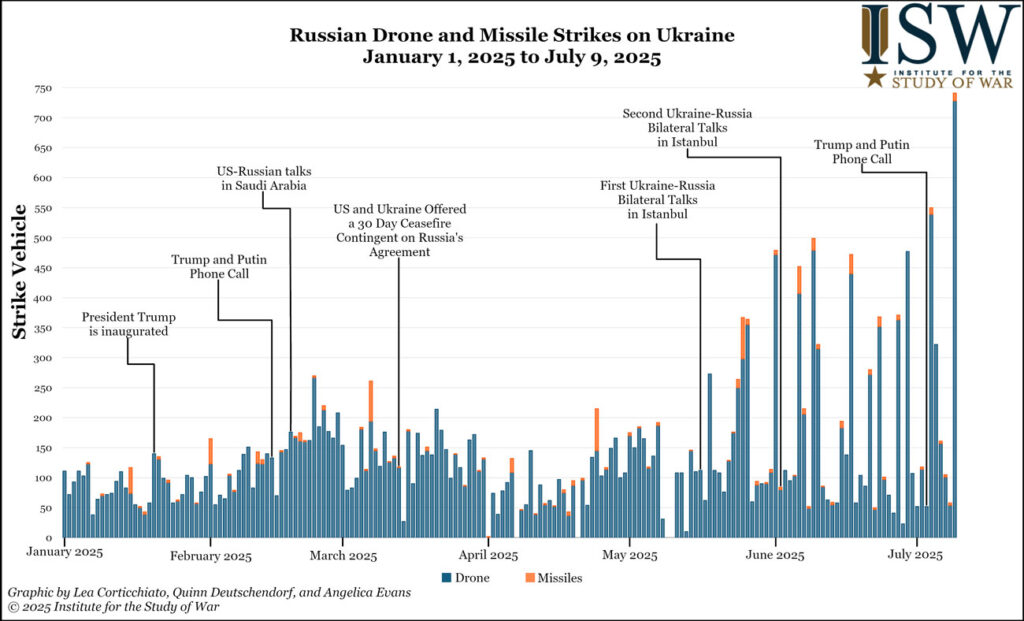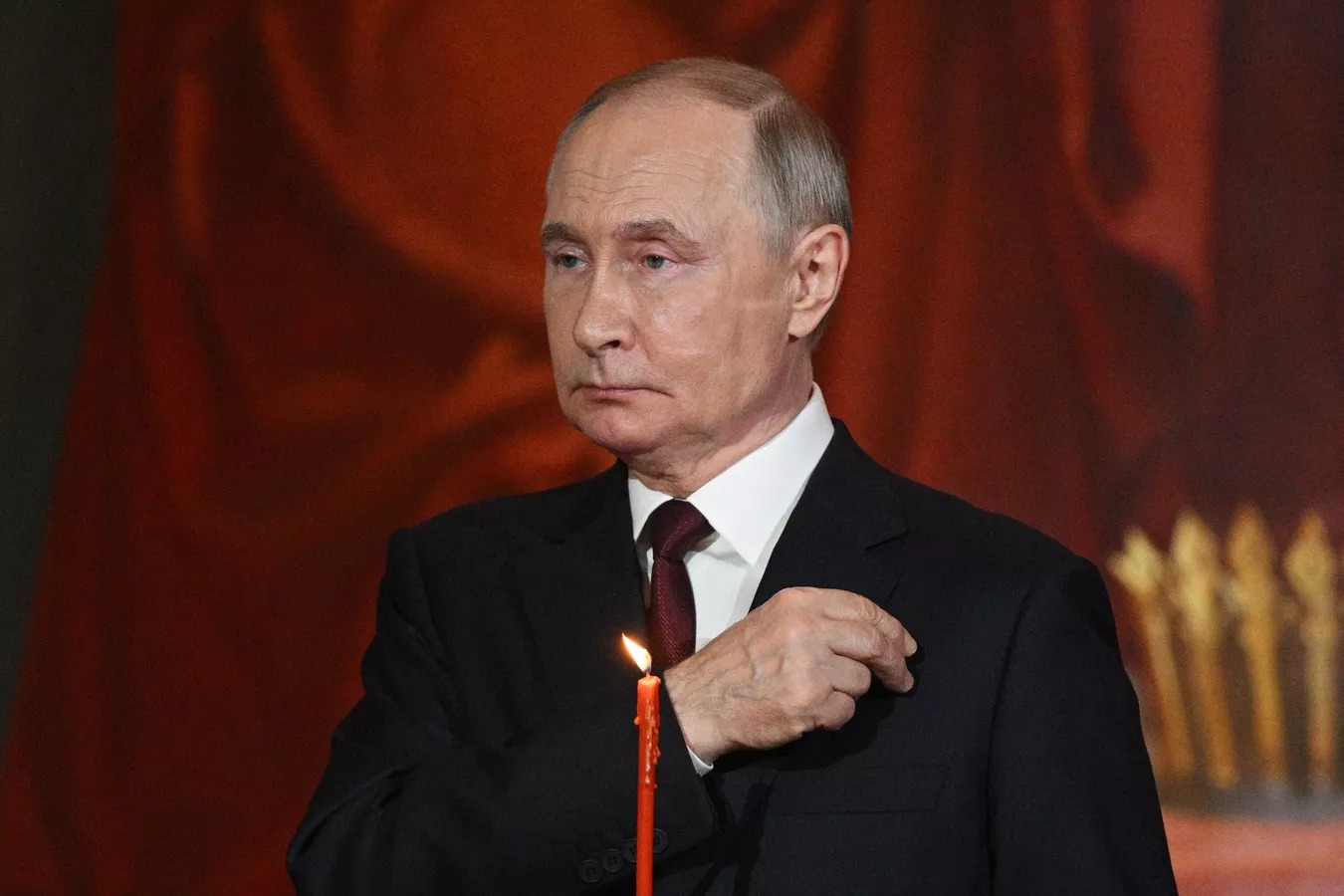Death toll from yesterday’s Russian air assault on Kyiv reaches 31 with a 2‑year‑old among victims as city mourns

The death toll from Russia’s attack on 31 July in Kyiv has reached 31 this morning, and the city is mourning as rescuers continue their work. A 2‑year‑old and a six-year-old among the victims. The number may rise as emergency workers dig through the rubble.
Death toll from Russia’s attack rises as searches continue
The combined missile and drone attack on Kyiv overnight on 31 July caused the destruction of an entire section of a residential high‑rise in Sviatoshynskyi district. Crews of the State Emergency Service of Ukraine have worked through the night under spotlights, dismantling 70% of the collapsed structure and recovering bodies from the ruins. The agency confirmed that thousands of tons of rubble have already been removed, but several residents remain missing.
As of 10:39 of 1 August, head of Kyiv City Military Administration Tymur Tkachenko said on Telegram that rescuers had recovered more bodies and that the death toll had risen to 31, including three children. His earlier morning updates showed the toll steadily increasing during the ongoing search.
Dozens wounded and widespread damage
According to the Emergency Service, the Russian attack also wounded 159 people, including 16 children.
Earlier updates from local authorities reported that apart from Sviatoshynskyi district, buildings in Solomianskyi, Shevchenkivskyi, and Holosiivskyi districts were also damaged. Windows were shattered, roofs destroyed, and basic services disrupted in several areas.
The attack also damaged railway infrastructure in one part of Kyiv, the Kyiv Islamic Cultural Center near a central mosque, and the premises of the Dovzhenko National Film Studio.
Mourning declared after the 31 July strike
Kyiv mayor Vitalii Klitschko announced yesterday that 1 August was declared a day of mourning in the city. Flags were lowered on municipal buildings, and all entertainment events were canceled. Both state and private institutions were asked to lower their flags as well.

- A local woman stands at the site of search and rescue operations near a destroyed residential building in Sviatoshynskyi district of Kyiv on 1 August 2025. Photo: Suspilne/Nikita Halka.
Survivors recall the moments before the missile hit
Suspilne interviewed long‑time resident Raisa Adamenko, who explained that she was away from home when the strike happened. Her two children managed to escape through smoke moments before the missile destroyed the building. She lost her home and said she knew many of the neighbors who died, including a couple who returned home from a bomb shelter between alarms and were killed.
“From the ninth floor, Andrii and Natasha were in the bomb shelter. When they came back from it, the alarm was announced again. They had a smoke and went home. Then the missile came and they were killed,” Raisa said.

Young Kyiv woman survives 9th-floor fall as Russian missile flattens another high-rise, killing 16
Rescue operations still underway
State Emergency Service spokesperson Pavlo Petrov told Suspilne that search operations are ongoing because people remain missing. Once specialists confirm there are no more victims under the rubble, work will move to clearing dangerous fragments so that the site can be made safe.


